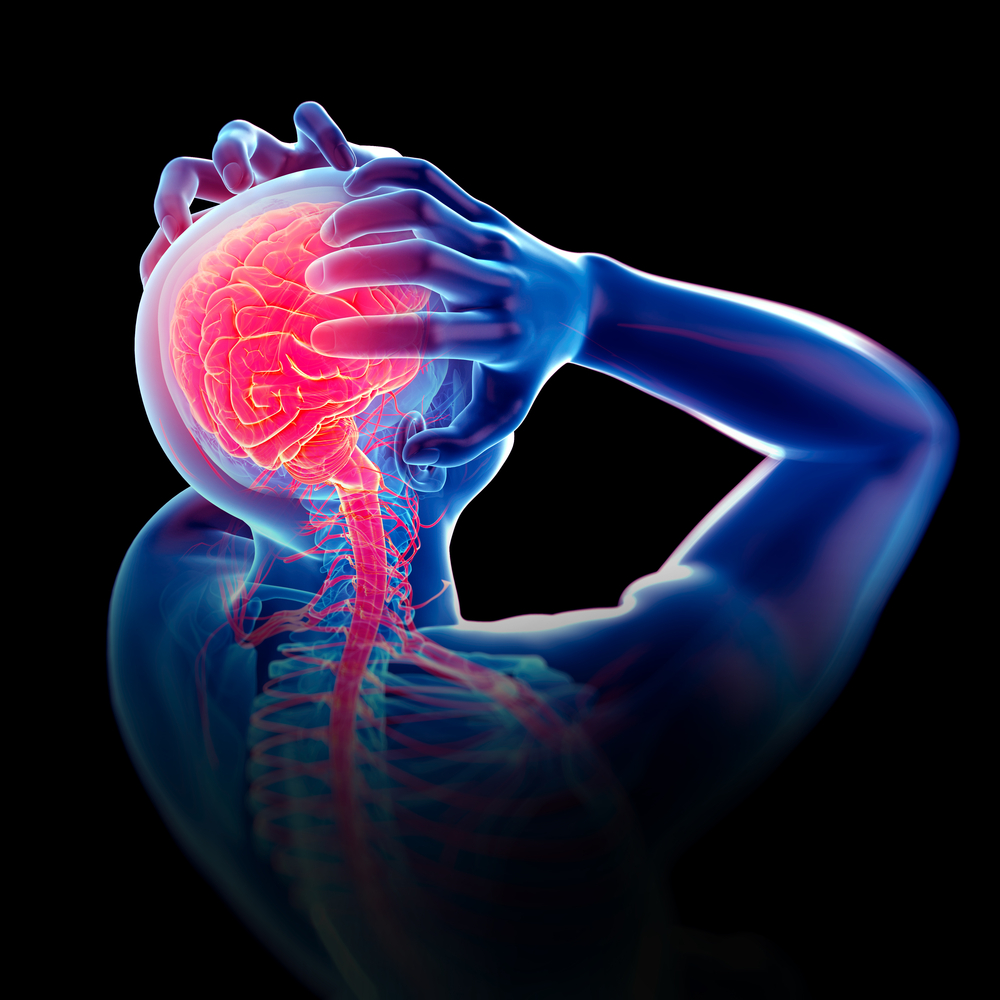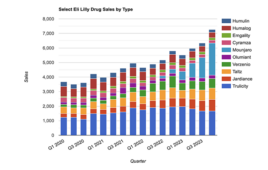
The application of gentle cooling and warming currents inside the ear canal can provide relief for migraine sufferers, new research at the University of Kent has helped show.
Volunteers in the study who had a history of migraines experienced a significant reduction in the number of migraines they normally experienced in a month after using a technique known as caloric vestibular stimulation (CVS).
CVS activates the balance organs which are believed to alter activity in the area of the brain, known as the brainstem, associated with the onset of migraine headaches.
Dr David Wilkinson, of the University’s School of Psychology, helped lead the randomised, double-blinded, placebo-controlled trial. It was carried out across the US and UK, involving 81 volunteers with a history of between four and 14 migraine attacks per month.
The volunteers self-administered caloric vestibular stimulation daily for 20 minutes over a period of three months. The thermal currents were delivered by aluminium earpieces seated within padded headphones, powered and controlled by a small, hand-held device.
The findings demonstrated that the treatment reduced both the number of migraine days per month (the active treatment group experienced a reduction of 3.6 days compared to 0.9 days in the placebo group) as well as headache pain and the consequent need for migraine abortive prescription medications.
Dr Wilkinson said the results indicated that vestibular stimulation ‘may address the existing need for new preventative therapies for episodic migraine’.
The findings were presented at the American Headache Society’s annual meeting in June, where Professor Peter Goadsby, Chair of its Science Committee, said that ‘many patients want non-drug options, so developing a non-drug therapy such as this may provide that.’
A second, expanded study will begin this summer, involving another collaboration between the University of Kent and US medical device company Scion Neurostim, who produced the CVS delivery device and will again fund the study, as well as local GP surgeries and specialist headache centres across the UK and US.
Filed Under: Drug Discovery




